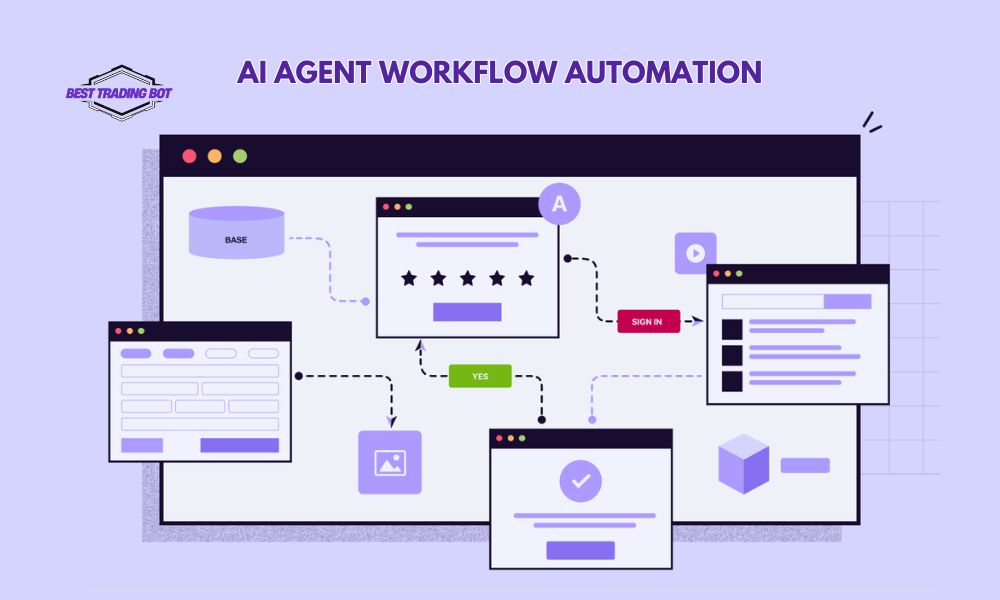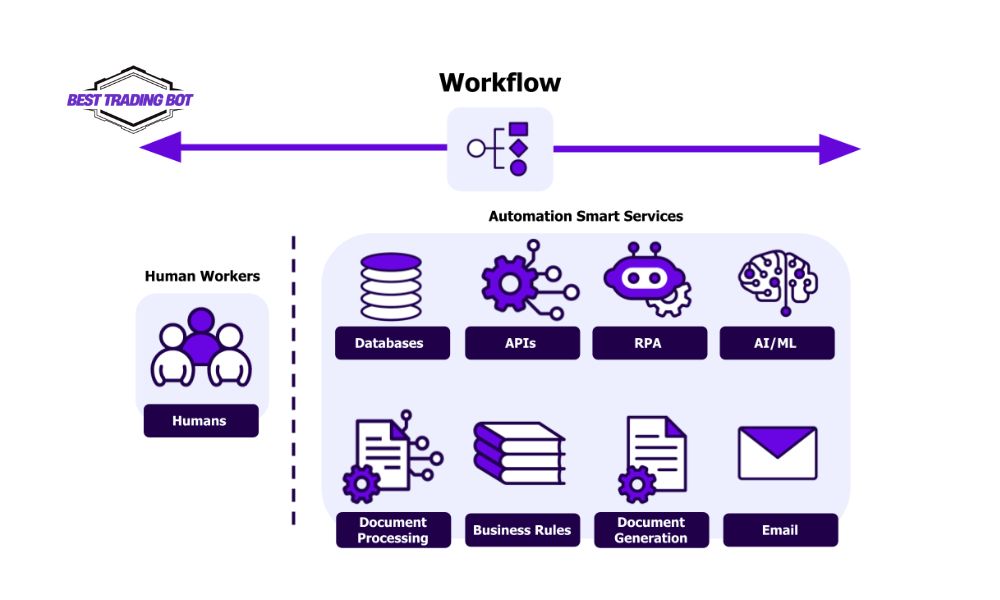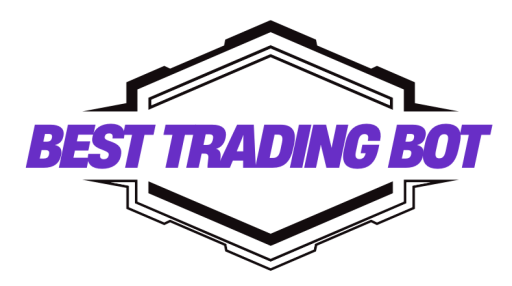AI agent workflow automation is the key to unlocking a new era of business efficiency, enabling the end-to-end automation of complex processes through intelligent agents. This implementation not only minimizes human error and reduces costs but also frees up human workers to focus on more strategic, high-value tasks, driving significant organizational growth and innovation.
Contents
What is AI agent workflow automation?
AI agent workflow automation is an advanced system where “AI agents” – intelligent software programs are designed to perform tasks autonomously within a predefined workflow. Unlike traditional automation that strictly follows rigid rules, AI agents possess the ability to learn, reason, make decisions, and interact with various systems.
In essence, AI agent workflow automation orchestrates a symphony of smart tools and technologies to accomplish complex business objectives, from processing customer requests to managing supply chains, all without constant human intervention. This intelligent coordination is what sets it apart from simpler forms of automation.

Key components in an AI agent workflow automation system
To build an effective AI agent workflow automation system, it’s crucial to understand its core components, as illustrated in the workflow diagram. A central workflow orchestrates the interaction between human workers and automated smart services.
Human workers
Humans still play a vital role in modern automation systems. They can initiate a process, handle exceptions that an AI cannot resolve, or provide the final approval for critical decisions. This model is known as “human-in-the-loop,” combining the computational power of AI with the nuanced judgment of humans.
Automation smart services
This is the heart of the AI agent workflow automation system, comprising a suite of technologies that work in concert:
- Databases: The repository where all necessary data for the process is stored and retrieved, from customer information to transaction histories.
- APIs (Application programming interfaces): Act as bridges that allow different applications and systems to communicate and exchange data seamlessly.
- RPA (Robotic process automation): Software bots that perform repetitive, rule-based tasks on legacy systems without APIs, such as data entry or copying information.
- AI/ML (Artificial intelligence/Machine learning): The brain of the system, providing the capabilities to analyze data, predict outcomes, recognize patterns, and make intelligent decisions.
- Document processing: Automatically extracts information from unstructured documents like invoices, contracts, or emails using technologies like optical character recognition (OCR) and natural language processing (NLP).
- Business rules: A logic engine that defines the conditions and actions within a process. For example, “If an order value is > $1,000, it requires manager approval.”
- Document generation: Automatically creates documents such as reports, contracts, or letters based on predefined templates and available data.
- Email: Automates the sending and receiving of emails to communicate with customers, partners, or internal employees.
Integrating these components allows for the construction of a comprehensive and powerful process.

Steps to build AI agent workflow automation
Implementing AI agent workflow automation doesn’t have to be overly complex. You can start with these fundamental steps:
- Identify and analyze the process: Select a business process that is multi-step, repetitive, and offers a high potential return on investment when automated. Analyze each step, its data inputs, and desired outputs in detail.
- Design the workflow: Map out the entire workflow diagram, identifying key decision points, and assign the appropriate technology to each task (e.g., use RPA for data entry, AI for email classification).
- Choose platforms and tools: Select a workflow automation platform that can integrate all the necessary smart services (APIs, AI/ML, RPA, etc.) into a cohesive system.
- Develop and configure: Build the AI agents, configure the business rules, and connect all the different components together using APIs.
- Test and deploy: Rigorously test the workflow across various scenarios to ensure it functions correctly and handles exceptions gracefully. Once stable, deploy it into the live environment and continuously monitor and optimize its performance.
Applying this structured method will make your AI agent workflow automation journey more manageable and effective.
In summary, AI agent workflow automation is no longer a concept of the future but a strategic tool that helps businesses optimize operations and create a sustainable competitive advantage. Understanding its components and how to build it is a solid foundation for your digital transformation journey. For the latest insights on technology and automation, be sure to follow our Best Trading Bot.
